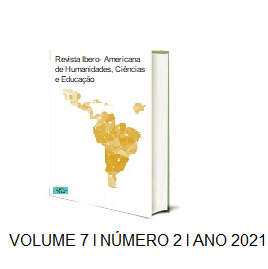THE SOCIAL INEFFICACY OF CRIMINAL REHABILITATION
DOI:
https://doi.org/10.51891/rease.v7i2.933Keywords:
Criminal rehabilitation. Criminal record. Social stigmatization.Abstract
The present work aims to analyze the evolution of the Criminal Rehabilitation Institute up to the present day, observing the historical context of this institute considered better than all others, in countries in Europe and Latin America. Its assumptions, human and social aspects, and its real effectiveness in the social reintegration of the individual egressed from the prison system, as well as those that were only submitted to the procedures of police investigations that remained archived. Some practical cases will be focused, demonstrating the doctrinal and jurisprudential divergence, regarding the effectiveness and usefulness of this institute in Brazil. The consequences borne by individuals stigmatized in the social context, violations of honor, image, privacy, and presumption of innocence.
Downloads
Downloads
Published
How to Cite
Issue
Section
License
Atribuição CC BY

